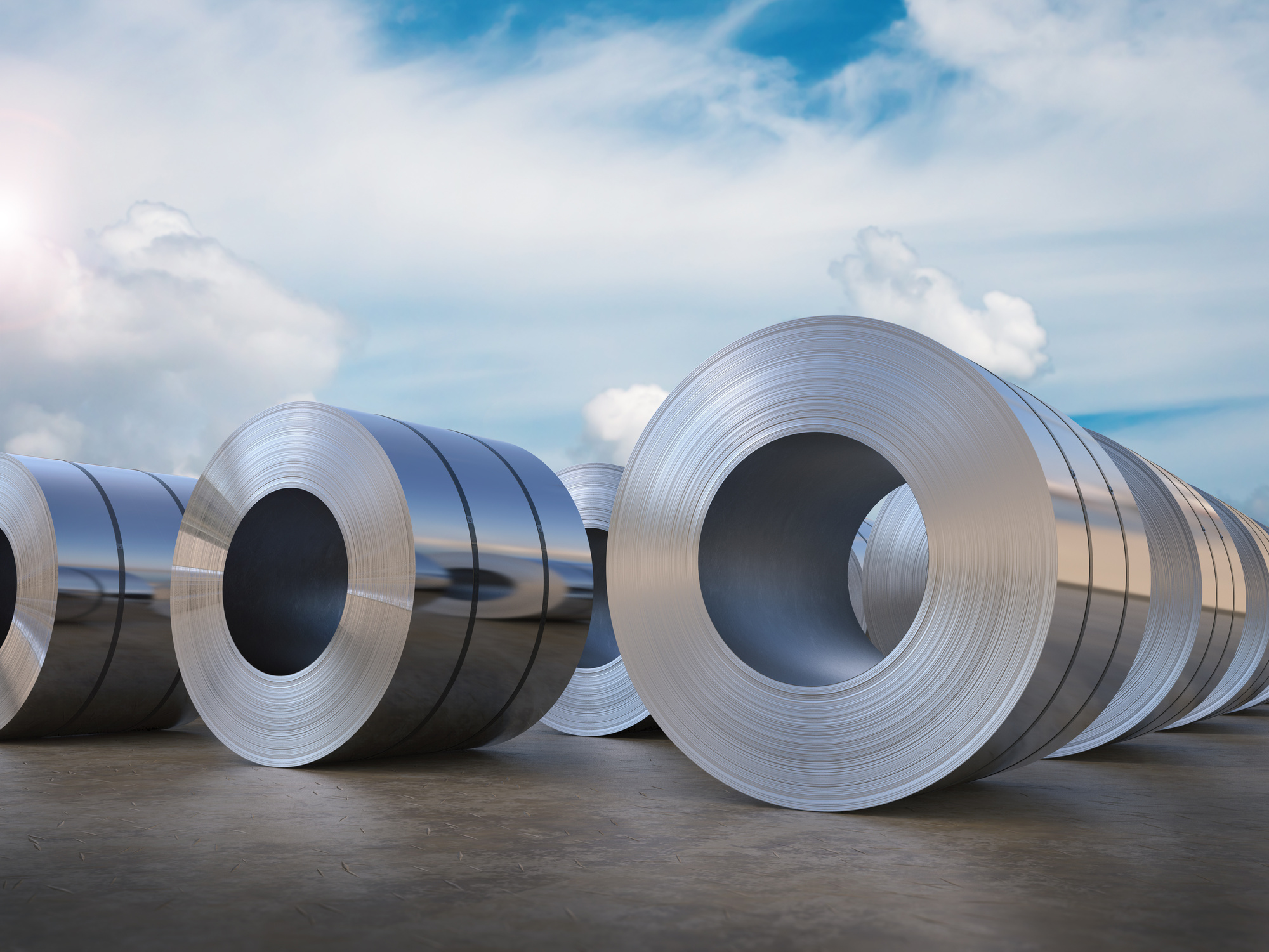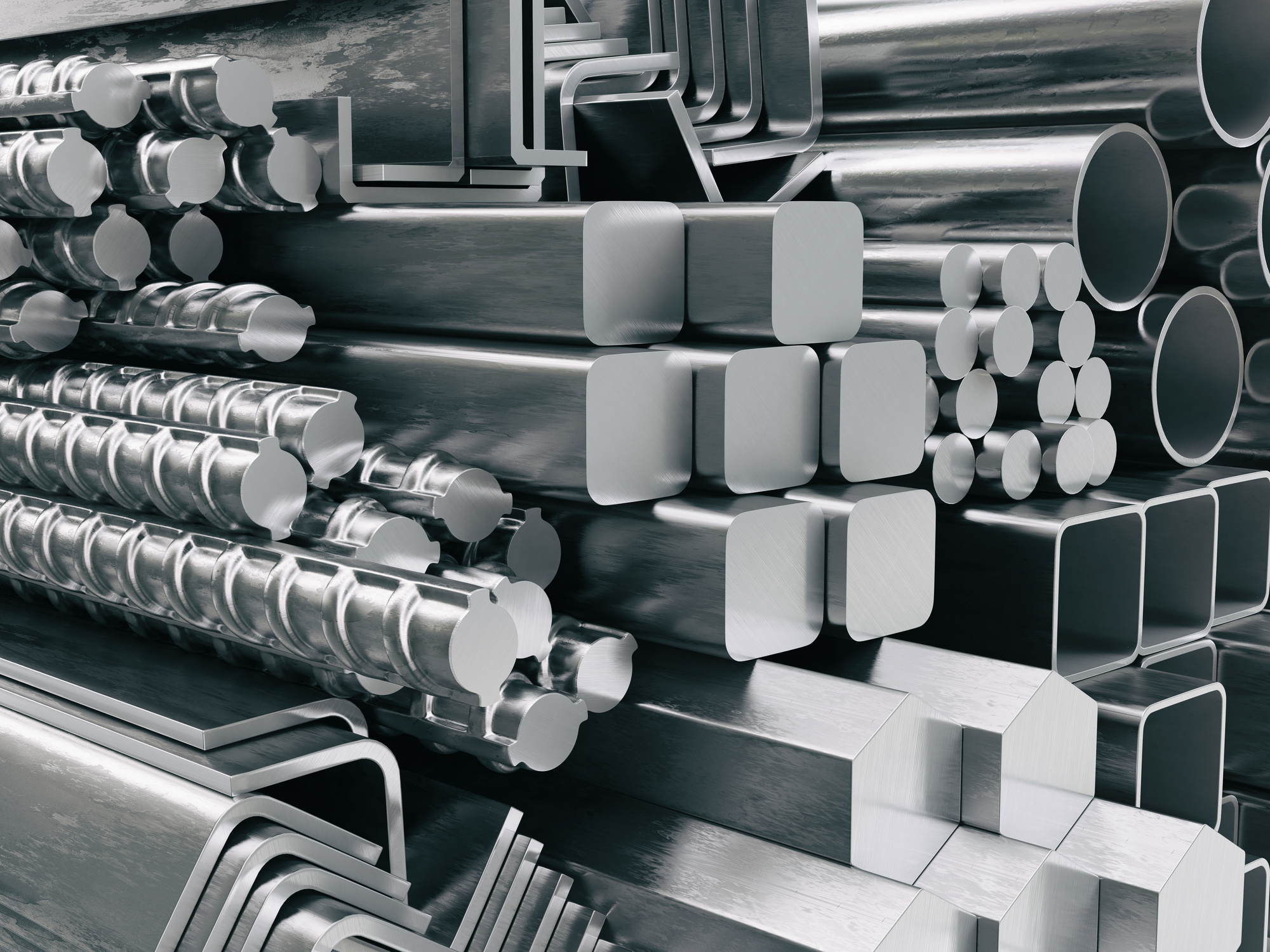The steel industry holds an undeniable significance in modern society. It’s a fundamental building block in the construction and automotive sectors.
However, a new design in the steel industry comes in the form of customized steel. It goes beyond the one-size-fits-all approach, allowing for composition, shape, and size adjustments, catering to various needs. The process begins with the customer defining their unique specifications, which are brought to life through advanced manufacturing techniques.
A myriad of customized steel types exists, each with its own set of features. The variety is wide, from structural steel modified for specific architectural designs to stainless steel tailored for high-corrosion resistance in marine environments. This article will discuss balancing cost and quality to get the best value for your investment.
The Value Of Customized Steel
Customized steel’s inherent value is embedded in its unique attributes designed to meet individual requirements. This section will discuss more about what value it brings to different industries.
- Greater Design Flexibility
The capacity for bespoke design is one of the most significant advantages of customized steel. In an era where unique architectural designs are the norm, the flexibility offered by customized steel is priceless. With it, architects and engineers can bring their most ambitious visions to life, achieving aesthetics and functionality that’d be impossible with standard steel.
Furthermore, this flexibility extends beyond the design phase. When structures require modifications, companies such as DIY Steel can customize and alter the steel to fit these changes. This adaptability, coupled with the initial design capabilities, offers an unmatched level of flexibility, making customized steel a vital asset in modern design.
- Enhanced Durability And Longevity
Customized steel isn’t just about meeting specific design requirements; it’s also about crafting a product that can withstand the test of time. The customization process allows for the steel’s composition adjustments, enhancing its resistance to specific environmental conditions. This results in a product that can outlive its standard counterparts.
Albeit the initial investment may be higher, this enhanced durability and longevity can result in significant long-term cost savings, as it only requires less maintenance and replacement.
- Improved Efficiency And Productivity
Customized steel’s last but equally important advantage is its contribution to efficiency and productivity.
By tailoring the steel to fit exact requirements, wastage is minimized. This precise fit can streamline processes, leading to increased operational efficiency.
Regarding productivity, having steel components that fit perfectly into the design eliminates the need for time-consuming adjustments on-site. This attribute allows for faster project completion times.

The Cost Factor In Customized Steel
Considering customized steel as a material choice invites an inevitable discussion about cost. This juncture examines the cost difference between customized and standard steel, the contributing factors, and the potential long-term savings associated with customized steel.
· Cost Analysis: Customized Steel vs. Standard Steel
Usually, steel is still the best material for construction. But when comparing customized steel to its standard counterpart, one can’t overlook the noticeable difference in cost.
Customized steel, with its tailored features and unique manufacturing process, invariably incurs a more significant initial expense. This is directly tied to the enhanced capabilities of customized steel, reflecting the value of a product tailored to fit specific requirements.
However, it’s crucial not to misinterpret this higher cost as a disadvantage. Instead, the investment in customized steel could be seen as strategic. This view considers the long-term benefits and potential savings of the material’s superior durability and efficiency.
- Factors Contributing To Higher Cost Of Customized Steel
The higher cost of customized steel doesn’t materialize out of thin air. This is due to the fact that certain contributory elements are associated with creating this specialized material. These include design complexities, specialized production methods, and higher-grade materials.
- Design Complexities
Customized steel’s intrinsic value lies in its ability to accommodate unique design specifications. These can vary from specific size and shape requirements to modifications in the material’s composition to meet particular durability criteria. Such complexities necessitate intricate planning, precise execution, extensive testing, and, often, advanced technology such as sophisticated computer modeling. All these elements come at a cost.
Moreover, these design complexities extend beyond the initial manufacturing phase. Any modifications required post-production can add further to the cost. For instance, if a client needs changes in the design specifications, this would entail additional work and potentially new production runs, pushing the cost higher.
- Specialized Production
Customized steel production is different from your run-of-the-mill manufacturing process. It requires a bespoke approach tailored to individual client specifications.
One aspect of this specialized production is the time factor. Unlike mass-produced standard steel, which can be churned out rapidly, creating customized steel is more time-consuming due to its attention to detail. This additional time and the necessary expertise add to the labour costs associated with customized steel.
Furthermore, specialized production often involves using advanced technology and machinery to meet the exact design specifications. While ensuring precision and quality, these tools can significantly influence the product’s final cost.
- Higher-Grade Materials
The use of higher-grade materials in customized steel production is another factor that can influence the cost.
Depending on the application, customized steel may require using particular alloys or other high-quality components to meet specific performance or durability criteria.
In addition, the sourcing of these materials can be a costly affair. They’re often priced higher than standard materials due to their superior attributes or rarity. Moreover, incorporating these higher-grade materials into the steel requires specialized processes and expertise. These added costs are inevitably passed on to the end products.
- Limited Production Volume
Adding another layer to the cost structure of customized steel is the limited production volume associated with its manufacture. Unlike standard steel, which benefits from economies of scale due to mass production, it’s typically produced in smaller batches for individual projects.
The smaller production volume means the costs associated with setup, labour, and materials can’t be spread over many units as in mass production. Furthermore, limited production runs may require more frequent machine setup and calibration. Also, each new batch of customized steel can require unique setup parameters, incurring additional labour and time. These situations inevitably lead to a higher per-unit cost.
Balancing Cost And Quality In Decision Making
Achieving a balance between cost and quality when deciding on customized steel requires strategic thinking and careful planning. This isn’t about choosing the cheaper option but, rather, ensuring maximum value for your investment. Here’s a quick guide on how to do it:
- Understanding The True Nature Of The Project
The first step toward achieving a balance between cost and quality is truly understanding the nature of the project. Not all projects require the intricate details and superior durability that customized steel provides. Therefore, businesses need to assess the project’s needs thoroughly.
A detailed project analysis should include the following:
- Considerations like the environment in which the steel will be used.
- The required lifespan of the product.
- The specific design requirements.
If the project can benefit significantly from the unique attributes of customized steel, then the higher cost may be justified.
- Careful Budgeting
Budgeting plays a crucial role in the decision-making process. It’s about more than how much a business is willing to spend but also how that budget is allocated. A well-structured budget can facilitate decision-making and help businesses get the best value for their money.
For instance, a budget that prioritizes essential customization can help businesses afford customized steel without unnecessarily inflating the project’s costs. Businesses can achieve the desired quality without overspending by focusing the budget on the most critical customization aspects.
Furthermore, a well-structured budget should also account for potential long-term savings. As mentioned earlier, its durability and efficiency can offset the higher initial cost of customized steel.
- Incorporating Supplier Expertise
Another effective strategy to strike a balance between cost and quality is leveraging the expertise of the steel supplier. Suppliers with extensive experience in the field can provide valuable insights into cost-effective customization options and alternatives that meet project requirements without compromising quality.
When engaging with a steel supplier, you should be open to discussing your budget constraints and quality requirements. Experienced suppliers can guide you toward choices that accommodate your budget while still providing the level of quality necessary for the project. They can also offer advice on future maintenance and the potential lifespan of the customized steel, adding another dimension to the cost-quality assessment.
- Focusing On Long-Term Goals
Finally, long-term goals should be a key consideration when balancing cost and quality.
Customized steel, with its superior durability and efficiency, can provide significant long-term benefits, which might be difficult to determine when looking at the upfront cost.
Looking beyond the initial project phase to the usage and maintenance phase can reveal potential savings and benefits. If customized steel can offer an extended lifespan, lower maintenance costs, or improved productivity, then these long-term benefits could justify the higher initial cost.
Conclusion
Customized steel presents a unique proposition of superior quality and design flexibility, albeit at a higher cost. Its potential for long-term savings and improved efficiency makes it viable for projects requiring specific customization.
Balancing its cost and quality demands a comprehensive understanding of the project, strategic budgeting, and a focus on long-term goals. Ultimately, the decision to invest in customized steel should be guided by these factors, ensuring maximum value.
